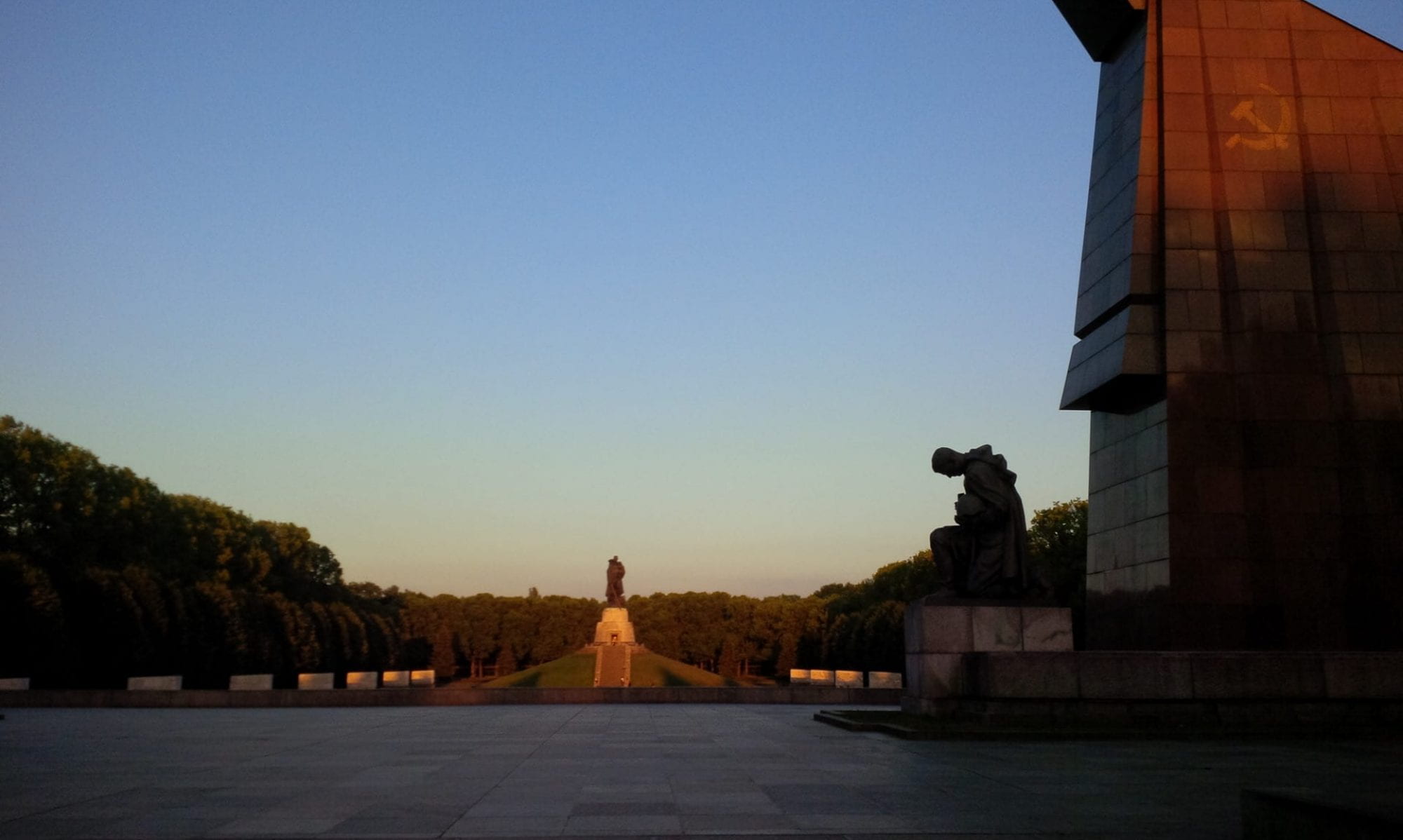
Mayanthi Fernando began the panel-portion of the conference with a challenge to the centrality of the visible in the secular social sciences. Since Charles Taylor’s identification of “exclusive humanism” as central to the secular and Dipesh Chakrabarty’s observation of Western modernity’s disregard for “presence,” scholars have attempted to recover extra-human sensibilities. New materialism, animal studies, the ontological turn, and secular studies, to name but a few, have generatively excavated non-human agencies and challenged the secular emphasis on human cognition. Going beyond even excavation, concepts like Donna Haraway’s “natureculture” have attempted to re-aggregate human culture and non-human nature, erasing the hyphen to underscore that human culture does not exist apart from its non-human milieu.
Yet, Fernando notes that many of these recent attempts to re-entangle the human and non-human world have limited their purview to the visible material world, especially that contingent to humans. In these studies, ghosts, jinn, and other supernatural entities evade significance. Fernando reminds us that pre-secular cultures were often more a “supernatureculture,” populated by human, non-human, and immaterial entities.[1] It is fitting that the opening paper presentation of Material Secularisms would question the secular underpinnings of the conference’s emphasis on “material.”
By way of contrast, Fernando turned to the supernatural-sensitive “Golden Snail Opera.” Fernando offered conference attendees a clip of the performance-accompanying experimental film to encourage sensory engagement with the supernatural. My primary takeaway is that instead of identifying supernatural agency through social and material effects on humans (as Santo and Blanes did in their 2013 edited volume The Social Life of Spirits), Fernando encourages an open-sensed approach. She prompts us to consider: what novelties might we see, hear, smell, feel if we allow supernatural entities to (im)materially engage us?
I left Fernando’s provocative, exciting presentation with two questions: (1) to which Islamic engagement with the immaterial and imaginal does Fernando refer? Medieval Islamic, especially Persianate Sufi, material ontologies tended to operate with a material-immaterial binary not entirely dissimilar to the one Fernando critiques. The difference being that the immaterial in this medieval Islamic binary tended to be more real than the material, thereby flipping the secular hierarchy of the “real.” Yet, Shahzad Bashir notes that this hierarchy was effaced and even flipped in some instances.[2] And this is not to get into ontologies that would require considerable translation before they could be compared to secular material worldviews.[3] All of this is to say: pre-secular Islamic materialism is a heterogeneous terrain; which particular case studies does Fernando build upon in her exclusion of “super” from “natureculture”?
(2) Is there a shift away from the immaterial in secularism, or, rather, does secularism reconfigure the logics, authorities, and affective economies of the “real”? Santo and Blanes point out that most social phenomena are, like ghosts, only apparent in their effects.[4] It is through social processes that these invisible entities—such as the law or monetary values[5]—that these entities become “real.” In other words, some effects are deemed materially salient and others are not. Rather than positing secular materialism to exclude the immaterial, I wonder if we might rather consider the kinds of immaterial the secular takes to be worthy of consideration and the kinds of immaterial it yields unintelligible. Moreover, we might consider the authorities for deeming something salient (e.g. a Hakim or Shaykh for dreams in an Islamic context and a psychoanalyst in a secular one). If material visibility be the litmus test of secularism, I am not sure we have ever been secular.
Max Dugan is a
graduate student in the Department of Religious Studies at Penn.
[1] Fernando here builds on her provocative article on The Immanent Frame, found here: https://tif.ssrc.org/2017/12/11/supernatureculture/
[2] Bashir, Sufi Bodies, 39-41.
[3] For one particularly fascinating configuration of materiality, see Jamal J. Elias’s typology of ‘Alā’ al-Dawla Al-Simnānī’s substance in The Throne Carrier of God (1995), 61-99.
[4] Blanes and Santo, The Social Life of Spirits, 29.
[5] Blanes and Santo, The Social Life of Spirits, 1.
